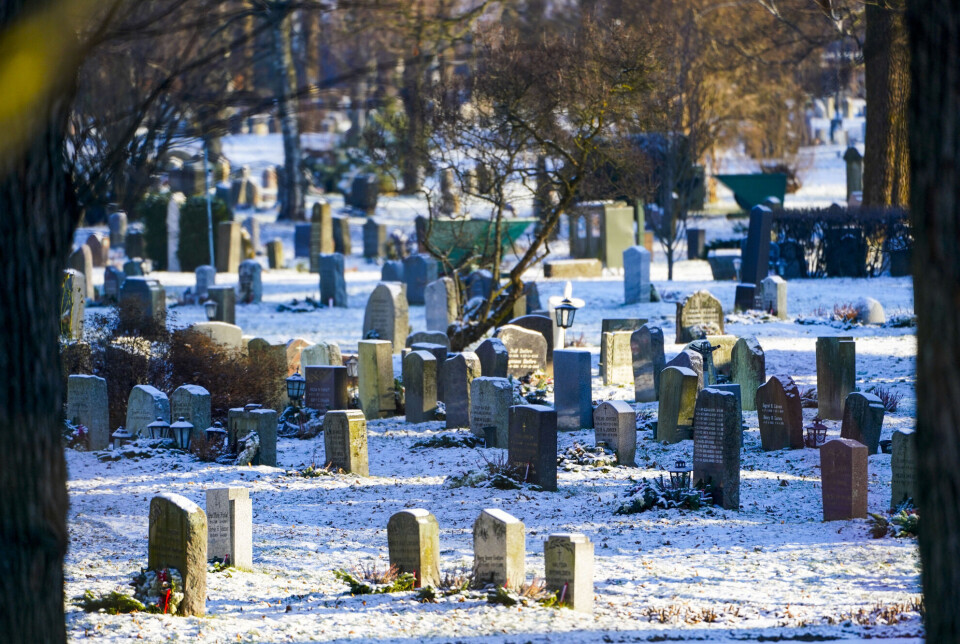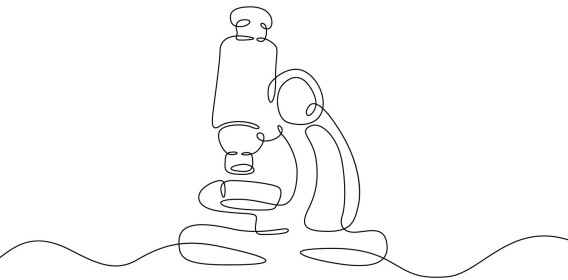
Why do we bury people in coffins and not directly in the ground?
ASK A RESEARCHER: Would we not save both space and the environment if we were buried directly in the soil?
Humans have been burying each other for well over 240,000 years, according to new research.
While burial practices have changed, it remains the case that we place deceased bodies in the ground.
'From dust you came, to dust you shall return.'
But is it really such a good idea to place the body in a coffin first?
Pigs buried with and without coffins
Yes, according to researcher Inghild Økland at the Norwegian Institute of Bioeconomy Research (NIBIO).
She explains that decomposition tends to occur faster in a coffin than without one.
Most viewed
Økland points to two different studies that have tested this.
One study involved bodies exhumed after World War II. The other study buried parts of pig carcasses.
Both studies showed that bodies in wooden coffins turned into soil faster than those buried directly in the ground.
Decomposition can stop without a coffin
This is because coffins create an oxygen-rich environment around the body.
This is especially crucial during the first few weeks, which are the most important period for decomposition, Økland explains.
Without a coffin, there is actually a higher chance that the decomposition process could stall.
Only bones and coffin remains left
It is crucial for society that deceased bodies decompose into soil–and as quickly as possible.
Space is becoming limited in many Norwegian cemeteries. Many will need to expand to accommodate all the deceased, potentially encroaching on parks, playgrounds, and farmland.

Graves cannot be reused until 20 years have passed, and even then, only if the bodies have fully decomposed into soil.
"If there are still large bones and coffin remains after 20 years, the grave cannot be reused," explains Økland.
Is cremation the best option?
Nearly half of Norway's population opts for cremation, according to a recent survey. his process involves burning the body and turning it into ashes. If lack of space is an issue, would it not be better if even more people chose this option?
"Yes, but only in the short term," says Økland.

She explains that cremation requires a lot of energy and advanced filtration systems to preventthe release of heavy metals and harmful gases into the environment.
Additionally, evidence suggests that ashes tend to clump together rather than dissolve into the soil.
On the other hand, burying people in wooden coffins releases nutrients into the soil and plants, while the harmful chemicals in our bodies are filtered out by the earth.
The king who exploded
When we die, bacteria within our bodies are no longer kept in check by our immune systems. This allows them to spread freely.
For this reason, it is important to bury or cremate a body as quickly as possible.
If not, something similar to what happened to England's King William the Conqueror in 1087 could occur.
So much time passed between his death and burial that decomposition was already well underway.
By the time the funeral procession reached his burial site, gases produced by bacteria in his intestines had caused his abdomen to swell dramatically.
The bloated king had become too large for his own grave. As gravediggers struggled to fit him in, they had to twist and force the body into the grave.
That is when it happened. William the Conqueror's body burst, spraying his internal organs over the mourners.
This incident is detailed on the University of Chicago's website.

Could become a natural mummy
When coffins are too airtight, it’s not just dramatic explosions that can occur – bodies can also be naturally preserved.
It is not just royal explosions that occur if coffins are too airtight.
If oxygen cannot penetrate the grave, the body may undergo adipocere formation, creating a wax-like substance that preserves it, explains Økland.
This phenomenon happens when coffins are buried in dense clay or when graves become too waterlogged. In such cases, bodies can remain intact for hundreds of years without decomposing.
———
Translated by Alette Bjordal Gjellesvik
Read the Norwegian version of this article on ung.forskning.no

Subscribe to our newsletter
The latest news from Science Norway, sent twice a week and completely free.




































